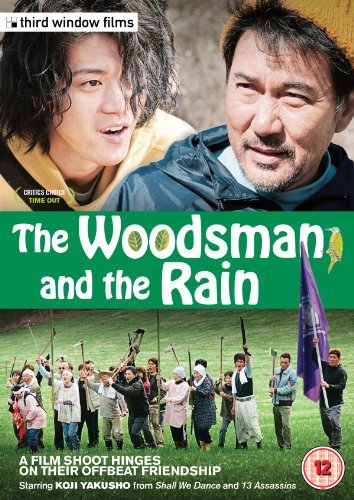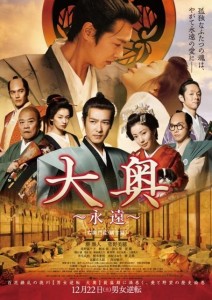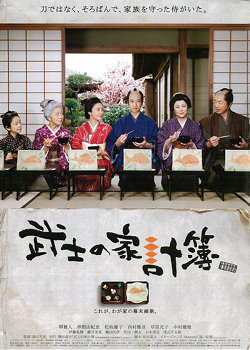I’m very interested in Japanese history, in particular in the time of the Meiji and Taisho Emperors.
The Meiji Era (1868 – 1912) was when the Shogunate was abolished and Japan opened up to the Western world and had to speedily catch up with it. It was an era of extreme modernisation, in particular in the cities, while I would assume that most people in the countryside kept living their lives like they had for the last 250 years.
The Taisho Era (1912 – 1925) that followed saw a similar development, but at the same time, the West’s fascination with the newly discovered Japan lessened and whatever was left was drowned out by WWI.
In any case, below is a video of early film recordings taken in Tokyo in the very early years of Taisho, 1913 – 1915. You can see most of the people, in particular children, wearing traditional Japanese clothing and sporting traditional hairdos (I’m a fan of those!) The streets are crowded (as they are today) and I don’t recognise anything except the big lanterns at Asakusa temple in the very end.
The old film has been colored for this video, and there is an underlying soundtrack. The coloring is pretty good, but I’m not happy with the soundtrack – Japanese people are never so noisy! On the other hand, these are mostly children, and maybe things have changed in the last 100+ years. Anyway, enjoy!





